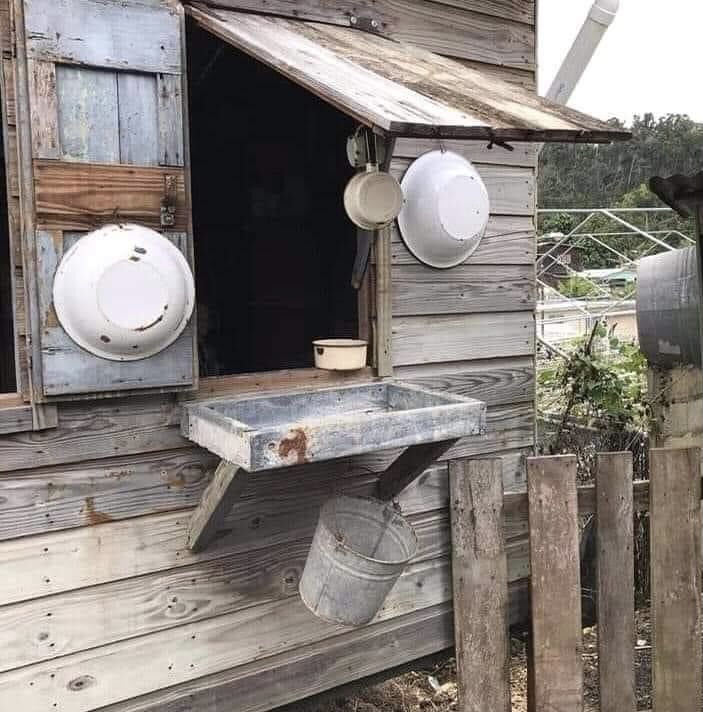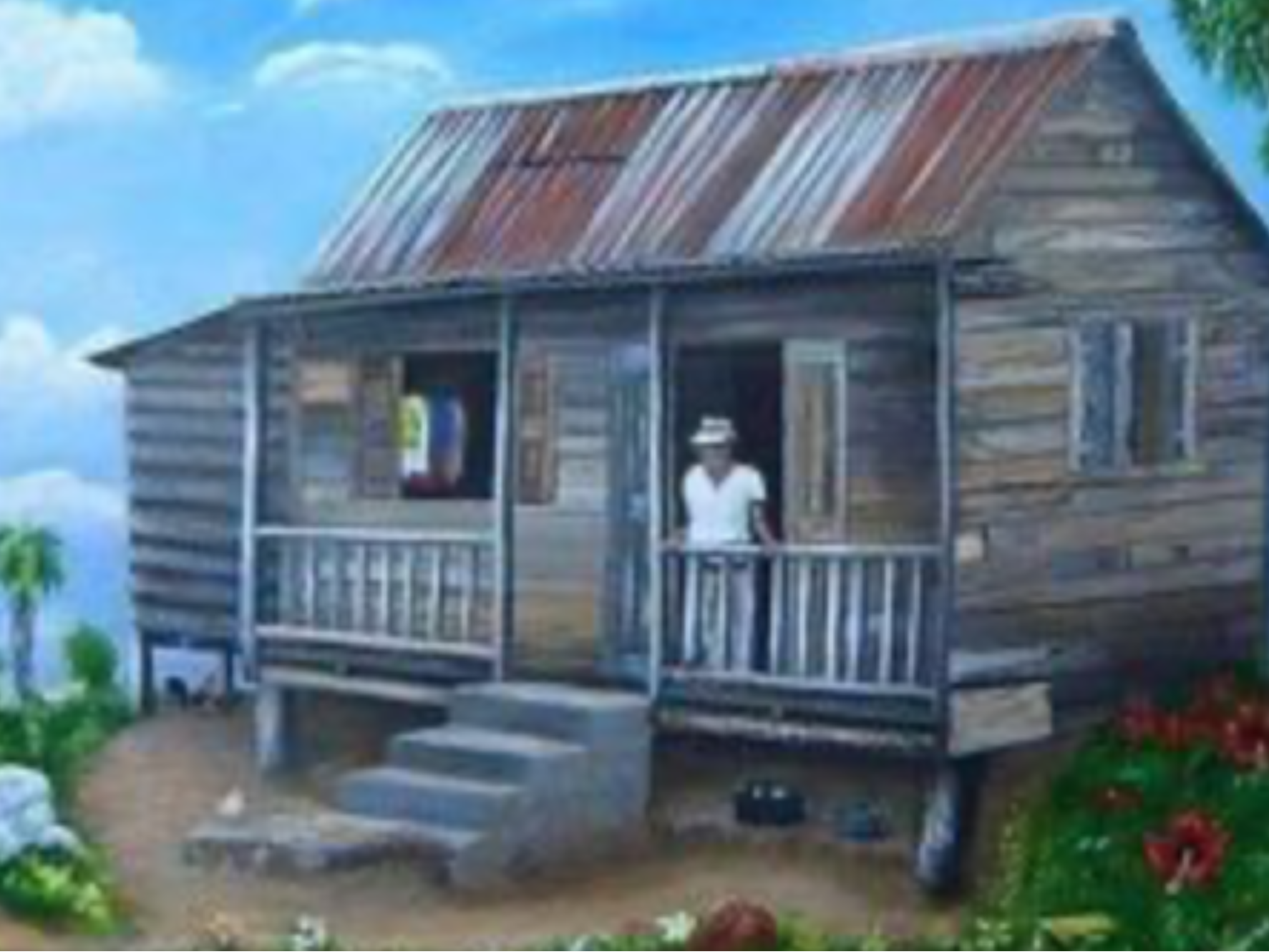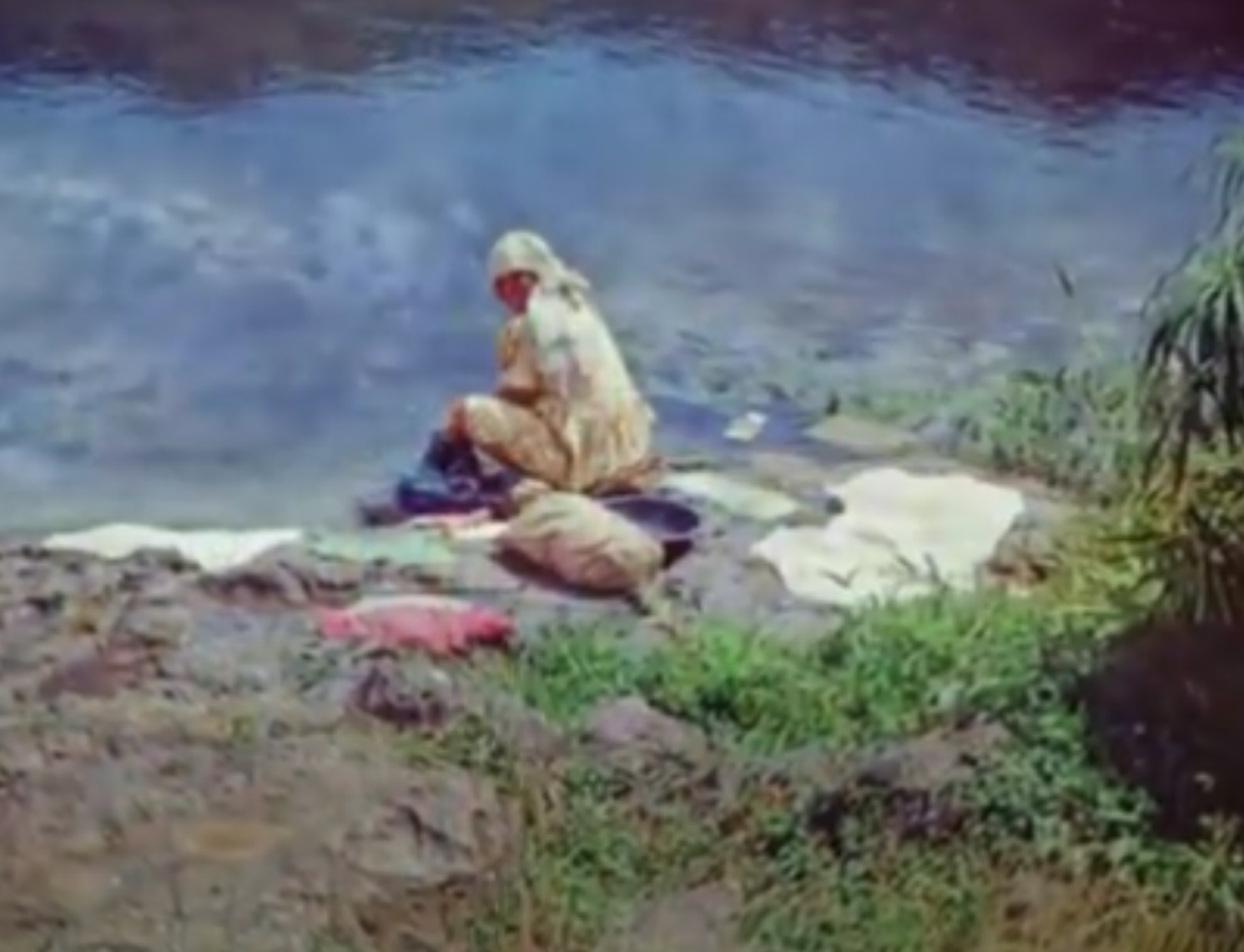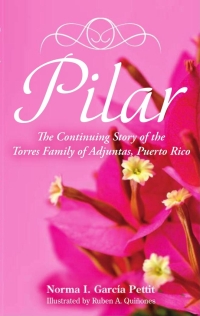What Life Was Like
It shouldn’t come as a surprise to learn that Puerto Ricans living in the late 1800s were for the most part poor and faced hard times, at least by today’s standards. Houses in the mountainous regions of the island were simple wooden structures usually built on piers and with corrugated metal roofs and no indoor plumbing. As described in chapter one of Luisa, the interior walls did not go all the way up to the rafters and curtains hung in the doorways of bedrooms instead of doors. Some homes had their kitchens outdoors in a lean-to, and stoves were wood burning or coal burning. If the kitchen was inside the house, the sink was generally suspended from the kitchen window.



I have no way of knowing what Luisa’s father’s house was like, but I imagined it to be a little longer than the one pictured here, to accommodate his large family. I described it as having two doors that led out to the front porch – one from the living room and one from the kitchen. That window on the right would have been the kitchen window and it would have had the sink suspended outside of it, as shown in the picture on the left. Much of the rest of the layout of the house is left to the reader’s imagination.
Water for consumption, cooking, doing dishes, and bathing had to be hauled in containers from creeks and springs. Laundry was done by hand in creeks or streams. Children played in the shallow water while their mothers scrubbed clothes on rocks and visited among themselves. The men worked long hours as laborers on coffee plantations or on their own small farms.
Most of what the people ate came from what they cultivated or livestock that they raised. Root foods such as yams, yucca, and taro root along with plantains were the mainstay of the mountain folk’s diet. A little meat or codfish on the side enhanced the meal and was referred to as “la mixtura.” Cooking took up a large part of a woman’s day, and girls learned to cook at an early age. One old saying stated that a girl was ready to get married when she could make good rice. Indeed, Luisa’s cousin María de la Paz says this about Luisa in chapter six, to Luisa’s great embarrassment.
All this and more is described in great detail in Luisa, through the eyes of a young woman who knows no other kind of life, and who loves her family, her mountain community, and nature. Did I romanticize to some extent the life that Luisa and her family probably lived? You bet I did. I chose to believe that among the poverty and hardship there was love, joy and good times shared with family and friends. In the midst of educating others, especially the Puerto Rican Diaspora about typical island life in the late 19th century, I wanted to emphasize the beautiful essence of the Puerto Rican jibaro lifestyle.
